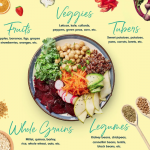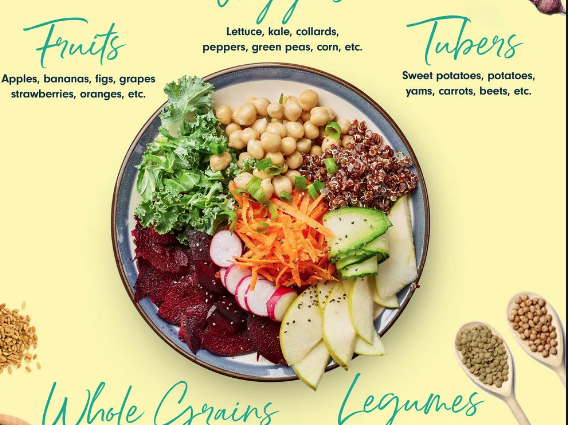Welcome back! Linda Tate is on medical leave and our guest blogger, Dr. Charles Ross will help her fill in the blanks until she can return. Please welcome him…
Journey To Health
Food and our Environment

What does food have to do with our environment? Is it possible that what we eat has an impact on global warming? What if changing what we eat not only improved our personal health but also improved the health of our planet? Could we do it? Would we do it?
What do you typically think about when it comes to the causes of global warming? Perhaps fossil fuel. the car you drive, the gas you use. Perhaps you turn down the heat in your home or spend less time in the shower to have a smaller carbon footprint. But have you considered that what you choose to eat has a larger impact on global warming than the car you drive? Once you understand the impact of food on the world, you might make some different choices…
Let’s look at what effect the standard American diet has on our environment.
- Water—Nearly half of all water used in the United States goes to raising animals for food. It takes more than 2400 gallons of water to produce 1 pound of meat. 1 pound of wheat takes only 25 gallons. A vegan diet requires 300 gallons of water per day vs. a meat-eating diet which requires 4,000 gallons per day. You’d save more water by not eating one pound of meat than you would by not taking a shower for 6 months. Animals raised for food create 89,000 pounds of excrement per second. This creates massive amounts of groundwater pollution. Chicken, pig, and cattle excrement has polluted 35,000 miles of rivers in 22 states.
- Global warming – About ¼ of greenhouse gases comes from what we eat. The primary gases responsible for global warming are listed below….
a. Carbon Dioxide—If every American dropped one serving of chicken per week from their diet, it would save the same amount of CO2 emissions as taking 500,000 cars off the road
b. Methane—Chickens, turkeys, pigs, and cows are collectively the largest producer of methane in the U.S. Methane is 20x more powerful at trapping heat in the earth’s atmosphere than carbon dioxide
c. Nitrous Oxide-The meat, egg, and dairy industries produce 65% of worldwide nitrous oxide emissions. Nitrous oxide is 300x more powerful at trapping heat in the atmosphere than carbon dioxide
d. The diets of meat eaters create 7x the greenhouse emissions as the diets of vegans.
- Land resources—Raising animals for food uses 30% of the earth’s landmass. More than 260 million acres of U.S. forest have been cleared to create cropland to grow grain to feed farmed animals. The equivalent of 7 football fields of land is bulldozed every minute to create more room for farmed animals. Livestock grazing is the number one cause of plant species becoming threatened or going extinct in the U.S. New research shows that without meat and dairy consumption, global farmland use could be reduced by more than 75% and still feed the world.
Hopefully, you now understand that what you eat has more impact on global warming than the car you drive. And your food choices affect water, land, and other environmental issues. The same foods that contribute the greatest amount to greenhouse gases are the same foods that contribute to our chronic diseases. By helping the planet, we can help ourselves. Avoiding meat and dairy is the single biggest way to reduce your impact on Earth.
Eat less meat and dairy….choose plant foods instead!
